Cancer Treatment
Beijing Puhua International Hospital use leading technology to aggressively treat cancer. At Puhua, leading cancer treatment technologies are combined with natural therapies to help you fight the disease and maintain your quality of life.
Puhua’s Goal:
· Team of multi-disciplinary experts
· Personalized, comprehensive treatment plan
· Reactive treatment methods to fit the stage of the tumor
· Minimize side effects
· Improve patient’s overall quality of life
Available Therapies in Puhua
Radiofrequency Ablation
By using Ultrasound and CT technology, we are able to directly insert heat generating needles into the core of the cancer site. The area is then heated and once it exceeds60℃, a systematic breakdown of proteins in the cancer cells will occur degenerating to the point that they become harmless.
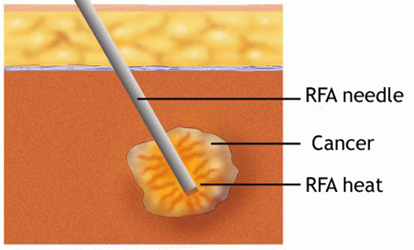
Cryosurgical Ablation (CSA)
Using imaging guided techniques (Ultrasound, CT or MRI), cryo-probes are inserted into tumors to lower the temperature of the targeted area -160℃ or lower. Later the temperature is raised between 20 to 40℃. This process is repeated two or three times, resulting in complete ablation of the tumor.
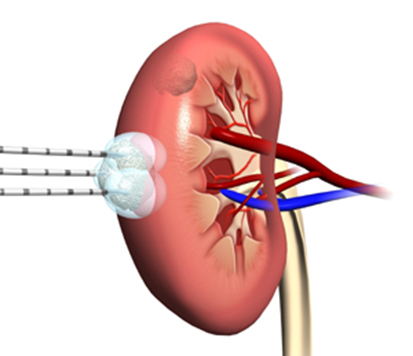
CSA has the following advantages:
• It is applicable to both small and large tumors. It can be used for ablation of single or multiple tumors.
• Cryosurgical ablation will not cause damage to large blood vessels and trachea, so it can be used to treat tumors near those areas.
• It is a painless operation, and it helps reduces pain caused by cancer.
• The whole process of cryosurgical ablation can be monitored through imaging techniques such as ultrasound, CT or MRI.
• After cancerous cells are destroyed by CSA, dead cancerous cells will release antigens which will stimulate the immune system to eradicate any remaining cancerous cells and reduce re-occurrence of cancer.
Cancer Microvascular Intervention (CMI)
By inserting a catheter into target arteries and injecting embolic material, chemotherapy agents or traditional Chinese medicine we are able to cause a loss of blood to the cancer cells which leads to ischemia necrosis of tumor tissue. By doing this we are able to starve out and kill the cancer.
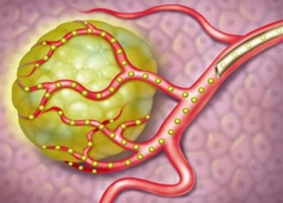
NanoKnife Therapy
It is also known as Irreversible Electroporation (IRE). Its rationale goes like as follows: during the procedure, high electric-field and ultrashort pulses are given to destroy lipid bilayer structure of cancer cell membrane and form numerous irreversible nano-sized pores in the cell membrane. Cell membrane permeability will be changed to allow molecules of different sizes free access to cells, which will lead to cell death.
Nanoknife Therapy can be applied to treat tumors in solid organs such as pancreas, liver, lung, kidney and prostate, and is especially suitable for tumors adjacent to pancreas, hepatic hilar region, gallbladder, bile duct and ureters.
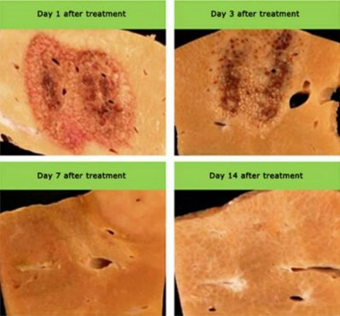
Photodynamic Therapy (PDT)
(sometimes called photo-chemotherapy), is a form of phototherapy using nontoxic light-sensitive compounds that are exposed to selective wavelengths of light, whereupon they become activated and toxic to targeted malignant and other targeted tissues. PDT has been proven to kill bacteria, fungi and viruses, and is popularly used in treating acne. It is used clinically to treat a wide range of medical conditions, including wet age-related macular degeneration (AMD) and malignant cancers, and is recognized as an effective and selective treatment strategy that is both minimally invasive and minimally toxic.
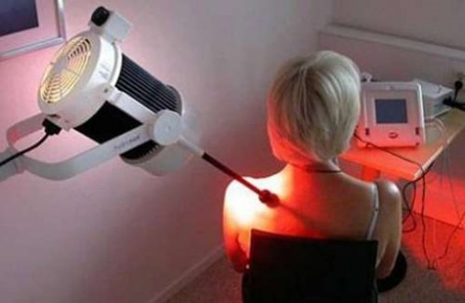
Immunotherapy (DC-CIK therapy)
CIK therapy (cytokine-induced killer cells): CIK cells are cytotoxic T-Cells that can seek and kill tumor cells. The number of CIK cells existing in body is very small, and not enough to fight against a cancer. In CIK therapy, CIK cells are isolated, amplified at least 1,000 times, and then re-infused back into the patient’s body.
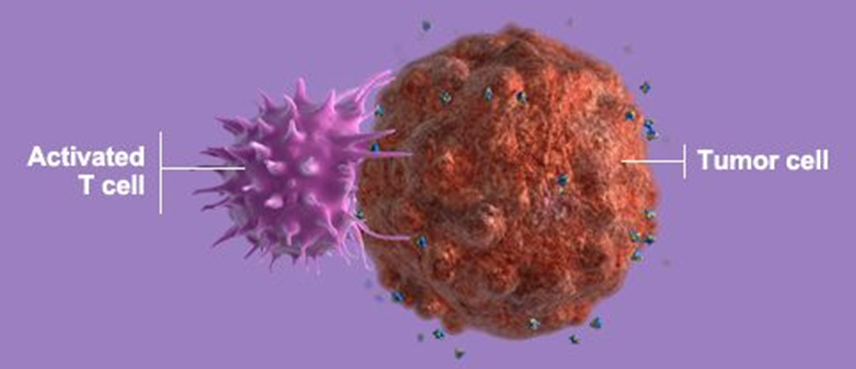
Hyperthermia:
Experiments show that the cooling capacity of tumor cells is much lower than that of normal cells. When the temperature reaches 42.5 ℃ and lasted for more than 30 minutes, the tumor cells will rapidly heat up and cause injury, degeneration and necrosis. However, the healthy cells can avoid damage through good cooling mechanism. Thermotron-RF8 is Japan’s latest developed hyperthermia machine, which can accurately position the tumor and perform hyperthermia. While it reduces tumor volume and relieve pain, it can prevent the recurrence of cancer and enhance the effects of other therapies.

PD-1 Immunotherapy:
PD-1/PD-L1: PD-1 is one kind of active form T-cell surface receptor. The inner tumor microenvironment will induce the infiltrative T-cell high expressing PD-1 molecule, the tumor cell will high expressing the ligands of PD-1 (PD-L1 and PD-L2), which leading PD-1 pathway sustained activation in tumor microenvironment. After PD-L1 connecting with PD-1, T-cell function will be restrained, and unable to send out tumor attacking signals to immune system. PD-1/ PD-L1 inhibitor can interdict the connection of PD-1 and PD-L1, and interdict negative control signals to recover T-cell viability, and then improve the immune response. PD-1 and PD-L1 inhibitor have significant effect in a variety of cancer treatment.
Traditional Chinese Medicine (TCM)
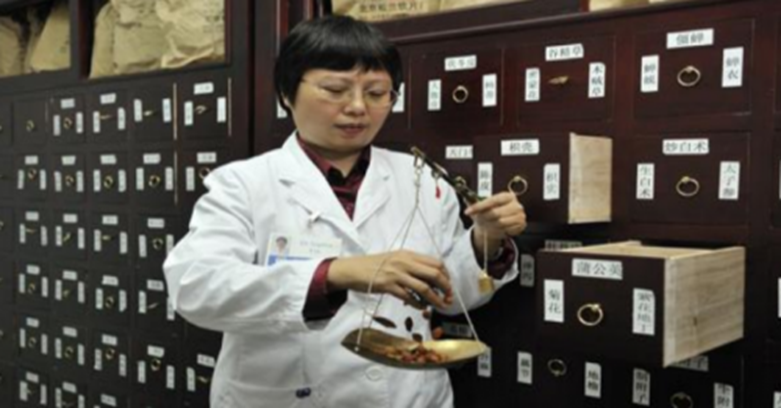
TCM is a safe and effective supportive treatment option used in conjunction with other treatment modalities. Many Chinese herbs have strong immune-enhancing effects, and can both enhance the effects of chemotherapy, radiation therapy, surgery, and other modalities while reducing toxicity and side-effects. Traditional Chinese herbs can be given orally, by IV infusion, or injected to the tumor feeding vessels with the help of DSA (digital subtraction angiography guidance.
Multiple Discipline Medical Team

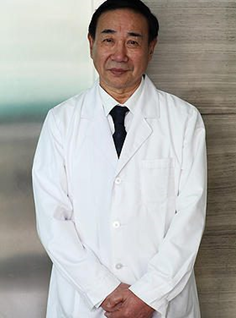
Dr. Xue Zhongqi—Director of Oncology, Chief Oncology Surgeon
Dr. Xue brings to Beijing Puhua International Hospital the results of more than thirty (30) strong years of clinical experience as one of the leading cancer surgeons in China. He is leading expert and authority in the diagnosis and treatment of various kinds of cancer. He is renowned for his work in breast cancer, especially in the areas of mastectomy and breast reconstruction.
Dr. Xue has conducted in-depth research and clinical study in the areas of: colorectal cancer, sarcoma, liver cancer and cancer of the kidney, and has published more than twenty (20) major academic papers and articles (both basic research and clinical) on these clinical areas. Many of these publications have earned a variety of meritorious awards.
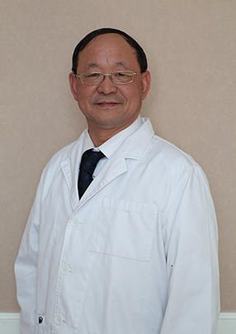
Dr. Zhao Yuliang—Associate Director of Oncology, Chief Oncologist
Dr. Zhao has an exceptional range of experience, training and knowledge regarding the clinical management of oncology patients and the clinical management and treatment of complicated cancer cases.
Dr. Zhao is extremely competent in minimizing potential adverse side-effects to the patient from chemotherapy. Endeavoring always to advance the best interests and comfort of chemotherapy patients, while at the same time striving to improve their quality of life, Dr. Zhao has become a leading advocate of developing a comprehensive and individual patient-focused treatment plan for each patient’s cancer.
Dr. Zhao works in the integrated oncology program at Beijing Puhua International Hospital, where he works in concert with surgical oncology, traditional Chinese medicine, and cellular immune-therapy to optimize each patient’s clinical outcome.
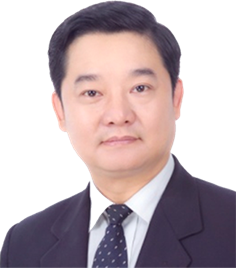
Dr. Weijian Feng- Director of Minimally Invasive Therapy (MIT) Center
Minimally Invasive Therapy (MIT) expert, Chief Physician, who has engaged in clinical tumor and tumor research for 25 years, has edited and compiled 12 monographs and over 90 research papers. As for the tumor therapy, he promotes modern green, minimal invasive and targeted therapy concept. He is good at minimal invasive targeted therapy in situ inactivation for lung and liver cancer. He has invented percutaneous injection of hydrochloric acid for liver cancer. He has carried out the most cases of radiofrequency conformal in situ inactivation under CT scanning. As for the regional chemotherapy after tumor volume reduction for the Middle and Late stage cancer, the curative effects are high while side effects are low.
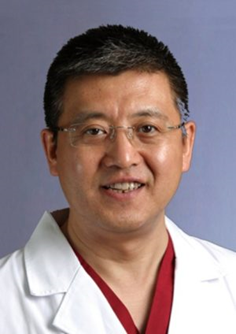
Dr. WeiRan Tang — Director of the Tumor Immunotherapy Center
Member, Jury of National Natural Science Foundation of China (NSFC)
Dr. Tang graduated from Heilongjiang University of Chinese Medicine, and later earned his PhD degree in Hokkaido University. He has published many academic articles in the area of immunotherapy.
Dr. Tang worked as a Chief Researcher at Genox Pharmaceutical Research Institute, and the National Center for Child Health and Development, while in Japan (1999-2005). Afterwards (2005-2011), he was a Deputy Professor in the Institute of Medicinal Biotechnology (IMB) of the Chinese Academy of Medical Sciences. His work has been focused on: the study of auto-immunological diseases; the identification of molecular targets; establishing high throughput drug screening models, and discovering optimal applications and prospects for bioactive drugs and agents.
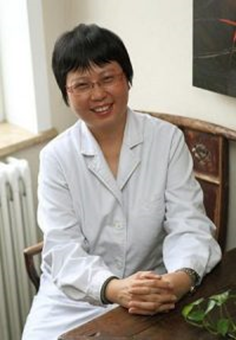
Dr. Xuemei Liu- TCM expert
Graduated from Chengdu University of Traditional Chinese Medicine, Dr. Xuemei Liu is a student of several highly respected TCM Specialists. She has rich experiences in Sichuan hospitals of TCM for 12 years. During her studies in the United States of America, she was awarded the American National Acupuncture and TCM Certificate, and License of Acupuncture and TCM in California and New York. She has been working on both scientific research and clinical practice of TCM for a long period of time. Her clinical proficiency in both Acupuncture and Integrated Chinese and Western Medicine, along with her extensive clinical experience has resulted in significant contributions to the overseas development of TCM.
Areas of specialization: TCM treatment for post-surgery, cancer, neurological diseases, digestive system diseases, chronic pain, breast diseases, gynecological diseases.
This work won Dr. Tang Award of the National Natural Science Foundation of China in 2008.
Areas of Specialization: Immunotherapy in the treatment of various tumors, screening and cloning of tumor genes, hyperthermia sepcialist.








